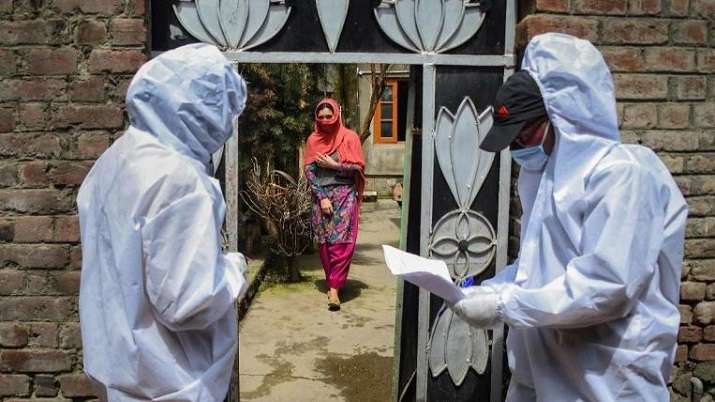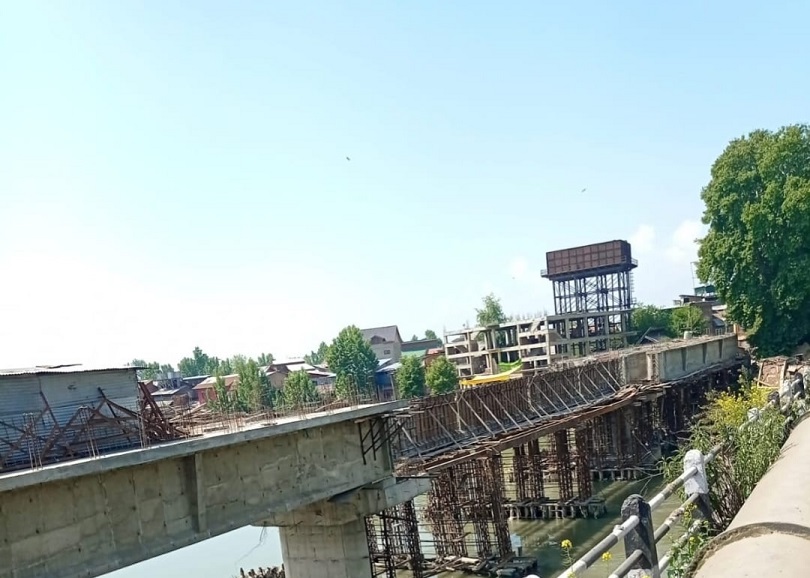
Srinagar- The authorities have come up with standard operating procedures (SOPs) for pregnant women in the COVID-19 red zone areas across Kashmir, even as restrictions to combat the coronavirus threat continued in the Valley on Wednesday.
As per the laid down procedures, the pregnant women in red zones will be enlisted and their check-up will be managed at the recently established health centres in red and buffer zones, officials said.
The proper birth plan will be executed by ANM and ASHA workers under the supervision of concerned block medical officers as per the Union Ministry of Health and Family Welfare (MoHFW), they said.
The pregnant ladies have been strictly advised to attend anti-natal check-ups at the recently established health centres by ASHAs and their cadres both in red and buffer zones, they added.
The officials said according to such SOPs, all the asymptomatic pregnant women will be tested one week before the expected date of delivery (EDD) using rapid antibody tests.
If any pregnant women is found having symptoms of Influenza like Illness (ILI) or Severe Acute Respiratory Illness (SARI), she will be tested using RT-PCR, they said.
Depending upon the test results, such pregnant ladies will be taken to a designated COVI9-19 hospital or non-COVID-19 hospital where their deliveries will be conducted, they added.
Besides, the round the clock ambulance services will be available for pregnant women at phone numbers 102 or 108, the officials said.
Meanwhile, the restrictions on the movement and assembly of people in Kashmir continued for the 35th day on Wednesday.
The officials said the security forces have sealed off main roads in most places in the valley and erected barriers at several other places to check the unwanted movement of the people and to enforce the lockdown.
Only persons with valid movement passes were allowed passage, they added.
The declared containment or red zones across the valley have been sealed off to ensure strict adherence to the standard operating procedure.
The markets across the valley were shut and public transport was off the roads with only pharmacies and groceries allowed to open, the officials said.
Educational institutions across Kashmir are closed, while all public places including gymnasiums, parks, clubs and restaurants were shut down more than a week before the nationwide lockdown announced by Prime Minister Narendra Modi.
While the Prime Minister announced the country-wide lockdown on the evening of March 24, the union territory administration here had on March 22 announced a total shutdown across Jammu and Kashmir till 31 March as part of its efforts to curb the spread of the coronavirus.
The administration said the essential services including healthcare personnel have been exempted from the restrictions.
Restrictions were first imposed in many parts of the valley on March 19 to contain the spread of the virus. The measures were taken after the detection of the first positive case of coronavirus in the valley.
The officials said the total number of positive cases in Jammu and Kashmir has now risen to 380. Five patients have died and 81 have recovered.
More than 62,000 people have been kept under surveillance including those who are either in government established quarantine facilities or in home isolation.
“Till date 62,493 travellers and persons in contact with suspected cases have been enlisted for surveillance which include 6,032 persons in home quarantine including facilities operated by government, 248 in hospital quarantine, 294 in hospital isolation and 17,421 under home surveillance. Besides, 38,493 persons have completed their surveillance period,” the officials said.
Follow this link to join our WhatsApp group: Join Now
Be Part of Quality Journalism |
Quality journalism takes a lot of time, money and hard work to produce and despite all the hardships we still do it. Our reporters and editors are working overtime in Kashmir and beyond to cover what you care about, break big stories, and expose injustices that can change lives. Today more people are reading Kashmir Observer than ever, but only a handful are paying while advertising revenues are falling fast. |
| ACT NOW |
| MONTHLY | Rs 100 | |
| YEARLY | Rs 1000 | |
| LIFETIME | Rs 10000 | |












